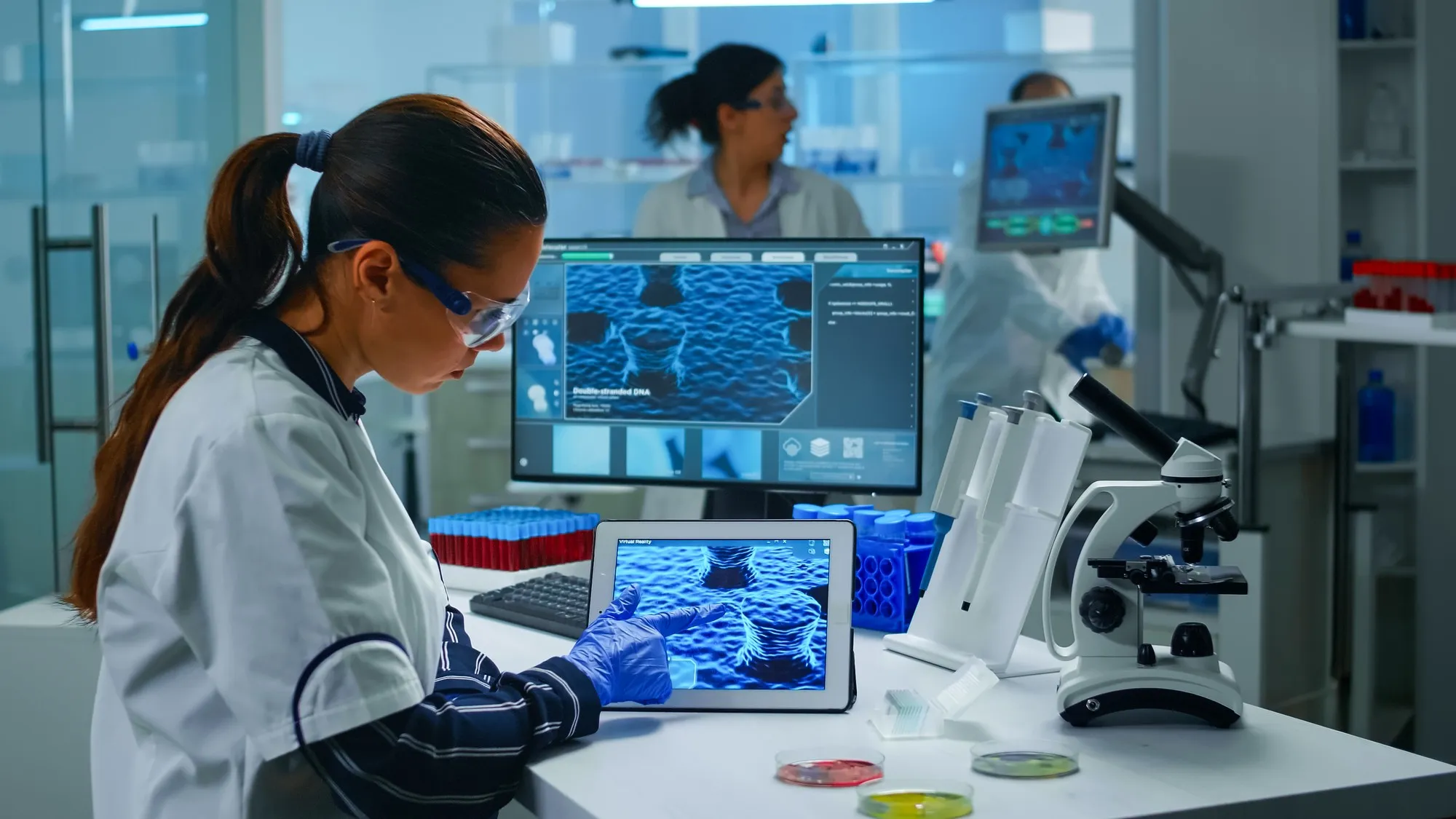Introduction
In what is being hailed as a significant advancement in trauma medicine, researchers are now closer to understanding the complex interplay of factors that define how traumatic brain injury (TBI) presents in polytrauma patients. A recent editorial in the American Journal of Surgery highlights the burgeoning field of TBI endotypes, a crucial step towards personalized treatment regimens that could improve outcomes for patients suffering from multiple serious injuries. Lead by Dr. Nicolas N. Melo of the Cedars-Sinai Medical Center in Los Angeles, CA, this research sheds light on the progressive journey of medical science in classifying the nuances of traumatic brain injuries.
Distilling the Complexities of TBI
Traumatic brain injuries are among the most intricate and unpredictable ailments that medical practitioners must contend with. Polytrauma, where patients suffer from multiple injuries, including TBI, multiplies the complexity of treatment and management due to the interrelated systems and mechanisms that can affect recovery and rehabilitation. Dr. Melo’s work, detailed in an editorial titled “Traumatic brain injury endotypes in polytrauma: Gathering steam,” argues for a clear distinction between TBI phenotypes and endotypes, the latter being a term that has gained traction in characterizing subtler biological mechanisms that may dictate clinical manifestations and outcomes.
The Editorial’s Core Insights
Published on December 29, 2023, in the “American Journal of Surgery,” DOI: 10.1016/j.amjsurg.2023.12.014, the editorial reviews the current landscape of TBI research and addresses the urgent need for a deeper understanding of TBI endotypes. The review, extending from pages 1879 to 1883, provides a pivotal discussion point for future research and clinical application. Dr. Melo, being engaged in editorial work, declares no competing financial interest, ensuring objectivity in the discussion.
The Significance of TBI Endotypes in Polytrauma
Unveiling specific TBI endotypes could revolutionize the way polytrauma is approached by enabling the tailoring of therapeutic strategies to individual patients’ biological responses rather than using a one-size-fits-all treatment model. This personalized approach is expected to improve not only the immediate management of trauma but also long-term rehabilitation processes and outcomes.
The Push for Personalized Medicine
The drive toward personalized medicine in trauma care represents a paradigm shift from traditional methods. By acknowledging the granularity of endotypes, researchers can pave the way for targeted treatments, ultimately enhancing the precision and effectiveness of interventions in the trauma bay and beyond. Dr. Melo’s editorial supports the burgeoning perspective that stratification based on endotypes may result in more nuanced and successful patient care.
Challenges and Next Steps
Despite the editorial’s optimism, it also acknowledges the scientific and logistical challenges that lie ahead. Gathering steam in the study of TBI endotypes will require collaborative efforts, the standardization of clinical and data-collection protocols, and the integration of multidisciplinary research teams. Furthermore, translating these findings into practical clinical applications entails substantial investments in both research and healthcare systems.
Conclusion
“Traumatic brain injury endotypes in polytrauma: Gathering steam” provides a comprehensive overview of the current strides being made toward deciphering the intricacies of TBI. Dr. Melo and his peers at the forefront of this research are setting the stage for a future where the management of TBI in polytrauma can be customized to reflect the individual needs of each patient. This push for individualized treatment plans promises to make a significant impact on the lives of those affected by serious injuries.
References
1. Melo, N. N. (2023). Traumatic brain injury endotypes in polytrauma: Gathering steam. American Journal of Surgery, 1879-1883. DOI: 10.1016/j.amjsurg.2023.12.014
2. Holcomb, J. B., et al. (2017). The future of trauma care: personalized acute care and trauma surgery. Journal of Trauma and Acute Care Surgery, 83(2), 362-373.
3. Maas, A. I., et al. (2017). Traumatic brain injury: integrated approaches to improve prevention, clinical care, and research. Lancet Neurology, 16(12), 987-1048.
4. Newcombe, V. F., et al. (2016). Advanced neuroimaging to assess the pathophysiology of traumatic brain injury. Frontiers in Neurology, 7, 52.
5. Rosenfeld, J. V., et al. (2012). Blast-related traumatic brain injury. Lancet Neurology, 11(9), 795-803.
Keywords
1. Traumatic Brain Injury Endotypes
2. Polytrauma Treatment Advances
3. Personalized Trauma Medicine
4. TBI Clinical Research
5. Neurotrauma Patient Outcomes
This article integrates the latest research on traumatic brain injury, proposing a comprehensive view of how personalized trauma medicine can transform patient care. It also provides vital references to support further inquiries into the subject.
